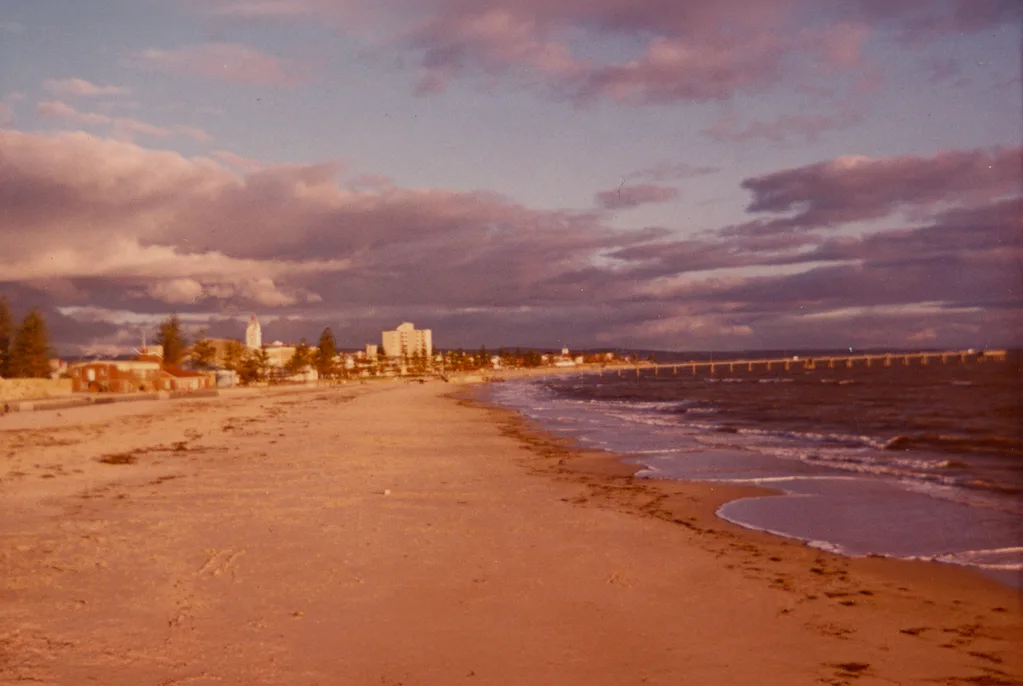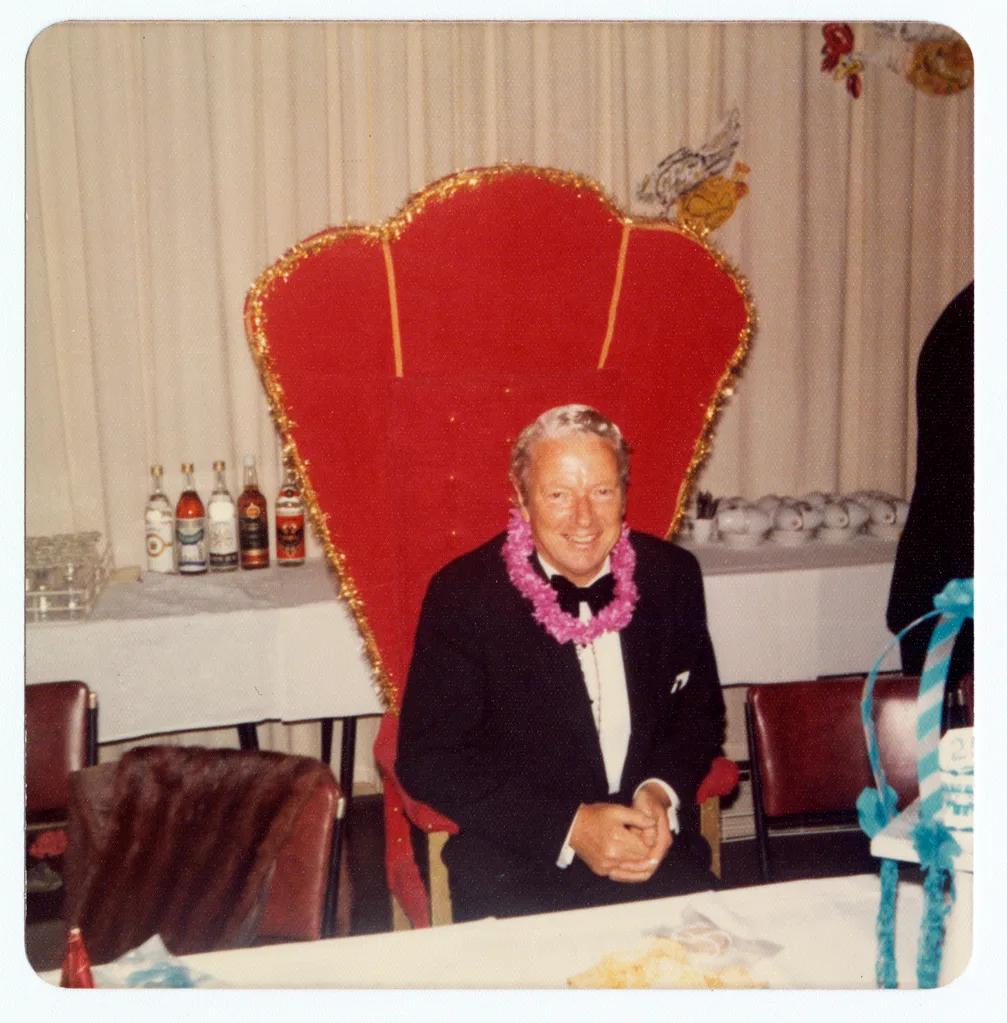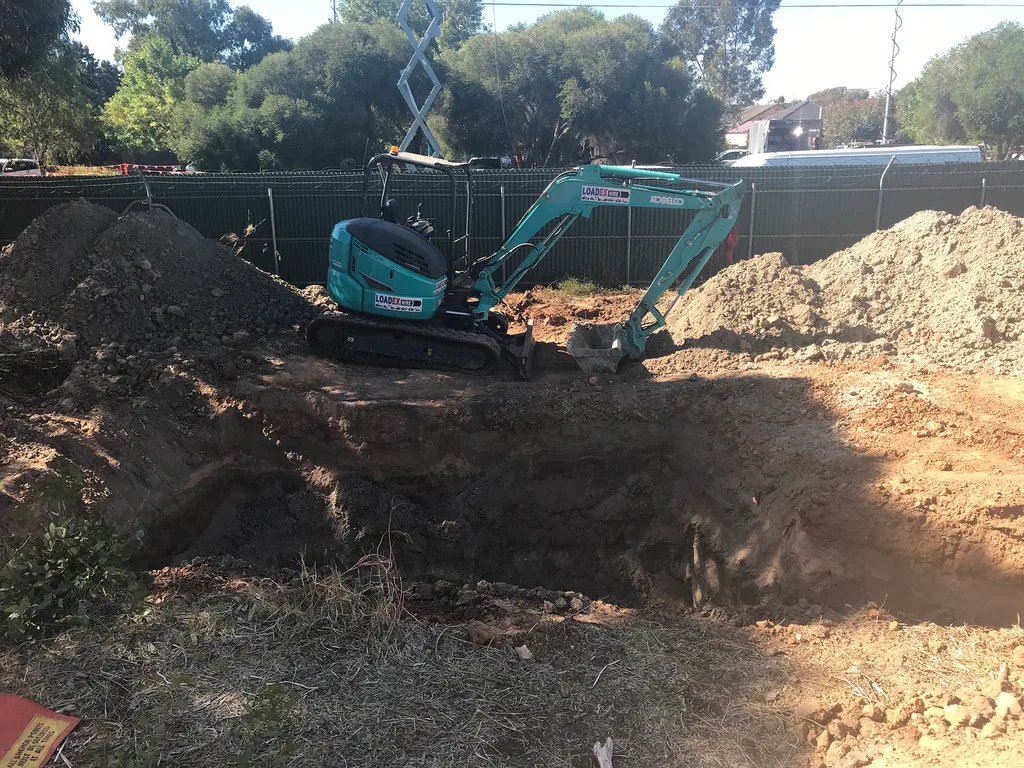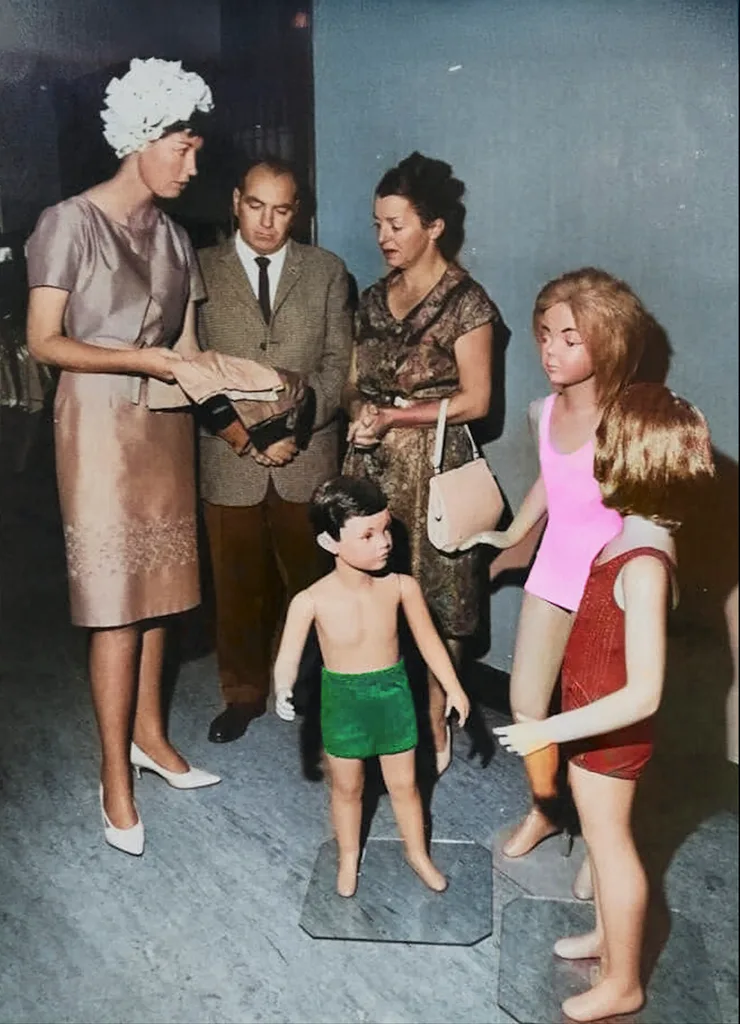It was the missing persons case that stole our innocence – three children snatched from an Adelaide beach in broad daylight on Australia Day, 1966. Now, almost 60 years later, an amateur sleuth and a retired police detective believe they have finally identified the man who abducted the Beaumont children.
Parents know the panic. A lost child, even for a few agonising seconds, can be a nightmare. If those few seconds stretch into minutes – or God forbid, hours – whole worlds can cave in. So imagine what Nancy and Jim Beaumont experienced when their children – nine-year-old Jane, seven-year-old Arnna and four-year-old Grant – vanished on 26 January in 1966. An unsupervised trip to busy Glenelg Beach on a sweltering hot Adelaide day in the last week of summer holidays quickly detonated into the most chilling mystery in Australia’s history.
Glenelg is, and always has been, a popular playground for families. But on that fateful day, it was also the hunting ground for a cold, calculating predator. He watched Jane, Arnna and Grant arrive by bus after their mother had waved them off from nearby Somerton Park. He watched them splash in shallows by the jetty, then frolic under sprinklers at Colley Reserve.
Witnesses said little Grant approached the man first, and Jane flicked him with her wet towel. The man and children were soon playing like so many other happy families there that day. Witnesses said the man was tall, about 30-40 years old, with a long face and high forehead. There was a flurry of activity. Jane’s purse had been stolen, the man told people close by.
Somehow, the man then enticed the children away, not kicking and screaming, but quietly. They were spotted again 20 minutes later at Wenzel’s Cakes, buying pies, pasties, buns and fizzy drinks. Despite ‘losing’ her purse carrying the few coins their mother had given them for the bus fare, Jane paid for the big lunch with a one-pound note – the equivalent of $140 today.
It was 12.30pm. That was the last confirmed sighting of the Beaumont children.

The crime, says criminologist Xanthe Mallett, was an “end to childish innocence in Australia – a moment in history when we realised we weren’t immune to the worst our world can offer.”
No trace of the three children was ever found. Their bereft parents went to their graves – Nancy in 2019, Jim in 2023 – never knowing what befell the trio, or who spirited them away.
As the 60th anniversary of that terrible day approaches, two authors are preparing to release compelling new information on the crime. They claim to have discovered a crucial piece of evidence, an eyewitness to the children’s last sighting, and to have identified the chief suspect. Could these pieces of the puzzle unlock this infamous cold case and unmask the killer?
When Stuart Mullins approached ex-detective Bill Hayes in 2008 and showed him the file he’d built on the disappearance of the Beaumonts and their alleged kidnapper, he did so warily. For ten years, Stuart had been given the runaround by cops who said they’d follow up leads and didn’t. Their attitude was, he says, “We won’t be told by civilians how to solve crime.”
But Bill was different. He’d run away to join the British merchant navy at the age of 15, and as a paratrooper, had fought in the jungles of East Asia and the deserts of Libya. Migrating to Australia, he’d joined the Australian Federal Police and served as a hostage negotiator. With the Major Crime Squad, he’d read the vast archive on the Beaumont case and sensed why members of the public, even decades on, called about it more than any other investigation.

“Three siblings taken in broad daylight and never seen or heard from again? No wonder Australians – but also people in the United Kingdom and the US – became obsessed,” Bill tells The Weekly. “It’s highly unique. Nowhere else in the world has it happened. Not before, not since. Hence, the interest of people like the FBI. Very few cases evoke the feelings this one does.”
Particularly for Stuart. “I’m emotionally attached,” he admits. “I grew up near Glenelg and was the same age as Arnna. My grandmother lived just up the road from the Beaumonts, and I played on the ovals and streets where they played. Their life was my life, and until that day, we had the freedom to go anywhere. The one rule was: ‘be home before the streetlights come on’. It’s why I still get emotional: the magical childhood I experienced was taken from them.”
What made the Beaumonts’ disappearance especially disturbing was that no trace was found – no fingerprints or strands of hair, no clothing or anything the children carried that fateful day. That void stymied the advances modern crime detection has made through forensic science – DNA databases, blood sampling, anthropology analysis – but it didn’t stop Stuart and Bill.
In fact, Stuart’s approach to Bill came after he identified a tantalising piece of evidence – the beige clip purse Jane Beaumont carried with her on the day of the children’s fateful outing. He saw it while visiting the home of an elderly widow, Elizabeth Phipps, in June 2007.
“I got chills,” Stuart remembers, “because I knew killers often collect ‘souvenirs’ from their victims.”
For Stuart, the sighting confirmed what he had long suspected: the man who abducted the Beaumonts that day was Elizabeth’s late husband, millionaire and paedophile Harry Phipps. Although tempted to snatch the purse and run, Stuart instead asked police to investigate. When they finally did, Elizabeth claimed she’d thrown the purse away. Stuart’s heart sank.
Citizen detective work had gotten him this far. Now he needed a pro who knew the system. Enter Bill.
“I told Stuart I would set out to disprove everything he’d investigated,” chuckles Bill. “Much to my surprise, he was happy for me to do that. Thing is, I wasn’t able to disprove very much at all. And since then, we’ve uncovered a lot more evidence pointing to Harry Phipps.”
In their book, Unmasking the Killer of the Missing Beaumont Children, all roads lead to Phipps. Like many criminal masterminds, they allege, he was a monster who hid in plain sight. Harry Phipps was a man of wealth and standing in the community, with connections to church and state. And the authors note, he owned properties within walking or striking distance of Glenelg Beach.
“Child predators operate in close circles to where they live, and Phipps had several residences so close to Colley Reserve it’s frightening.” Stuart and Bill believe he was lying in wait, and may have established trust with the children on a prior beach visit – archetypal grooming. On the day he purloined Jane’s purse, leaving the children with no money to get home, Phipps offered to help.
Xanthe has walked the 300-metre triangle that the authors believe Phipps used in his abduction. “In 2018, I stood outside the old Phipps home,” she tells me. “Straight in front is the beach, just to the left is Wenzel’s Cakes. It is all so close together, and I could imagine how he did it, assuring them he’d drive them home if they just followed him the short distance to his car.”

Sometimes the Devil appears with a long face, a high forehead and a one-pound note. How was “sensible” Jane to know the man offering to get them home, with lunch for Mum, was a violent sexual predator? And that his nearby Glenelg mansion was a house of horrors in which he sexually abused his children and hid a secret fetish for wearing satin costumes?
“Harry was a successful and charismatic man who hosted wonderful Christmas parties,” says Bill. “That was the persona he presented to the world. But he was Jekyll and Hyde. His sociopathic behaviours frequently bubbled up. People who’d been on the end of his rages were terrified by them. He has all the tendencies that suggest he is what we believe he is.”
Among the wealth of evidence presented in their book, most compelling is the testimony of Phipps’ own son, Haydn, whom Stuart located in 2008.
“Haydn said his father would sexually abuse him in the night. When he heard the swoosh of that satin dress coming down the hall, he knew what he was in for. His father then turned up at breakfast like nothing had happened.”
Stuart also explored Haydn’s claim that he saw the Beaumont children that day. He was in his backyard cubby, he said, when he saw his father and kids fitting the trio’s description walk in the back gate. They went into the house but did not re-emerge.
Bill sent a recording of Haydn’s interview to be independently verified by experts, including a criminologist, a criminal psychologist and a polygraph examiner. The latter, Steve Van Aperen, concluded: “He’s telling the truth, but he knows more.”
Bill and Stuart kept digging, sometimes literally. In 2013, two brothers came forward after remembering digging a hole two metres by one metre at Phipps’ Castalloy factory on the last weekend of January in 1966. The man who commissioned the hole fit Phipps’ description. So did the car he sat in while he watched them dig. The man paid them in one-pound notes.

An excavation of the site in 2018 was watched by a horde of hungry media and a haunted public praying for resolution. But the dig never sat right with Mallett. “I agonised, thinking why would you ask two potential witnesses to dig a hole so obviously grave-shaped in full view of the street? I think Harry was so cunning that he covered his tracks with an alibi hole.”
Bill prefers the principle of Occam’s Razor: the simplest solution is usually the correct one.
He and Stuart always believed the perpetrator was a local. Transporting three distraught children in a car was too risky, so Phipps’ properties are still the most likely murder scenes. A new dig at Castalloy in February 2025 focused on three other sites, but again, they came up empty.
Unmasking a Killer also unmasks Adelaide, a town Salman Rushdie once quipped was “the perfect place to set a Stephen King novel”. Bill firmly believes the nests of paedophilia hosted by Harry Phipps and his ilk in 1966 remain active today. “Those groups continue, evidenced by the large number of crimes where children are molested and never seen again.”
In 2008, Supreme Court Justice Ted Mullighan investigated a “foul undercurrent” of priests, doctors and teachers sexually abusing foster children amid widespread paedophile networks in South Australia and said he too believed sexual abuse was continuing systematically. Over 924 abused children had died in state care since 1943, many going unrecorded.
Not even a loving family could save the Beaumont children from a monster in their midst.
“I still shed tears for Jane, Arnna and Grant,” says Stuart, “but I’m also driven and determined, so we’ll keep gathering evidence until Harry Phipps’ house of cards collapses, and we’ll keep going until those three children are found and given a decent burial. We all owe them that.”
Unmasking the Killer of the Missing Beaumont Children by Stuart Mullins and Bill Hayes, Simon and Schuster, is published 15 July.
This article originally appeared in the July issue of The Australian Women’s Weekly. SUBSCRIBE so you never miss an issue!



